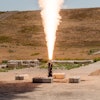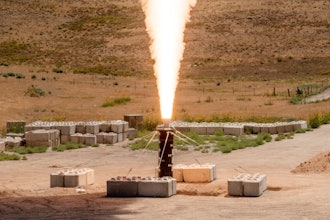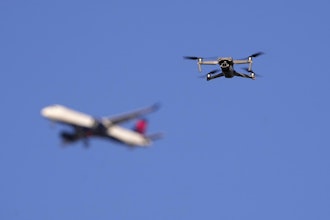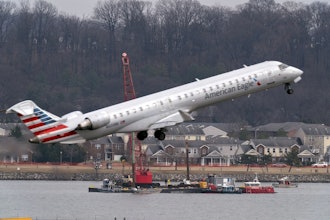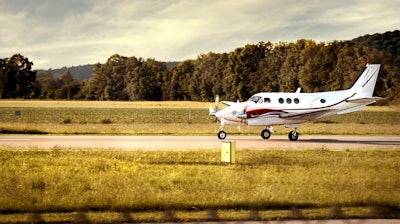
HONOLULU (AP) — Federal safety investigators said Thursday that the pilot of a skydiving plane that crashed in 2019, killing all 11 people on board, had not received training to become a competent pilot.
The National Transportation Safety Board, in response to these findings, called on the Federal Aviation Administration to better monitor the effectiveness of flight instructors.
The pilot in the Hawaii crash, Jerome Renck. had failed three initial flight tests in his attempt to obtain a pilot certificate, instrument rating and commercial pilot certificate, the NTSB said. The pass rate for other students taught by the same instructor was just 59% over a two-year period ending in April 2020. The average pass rate for students of all flight instructors is 80%, the agency said.
The board called on the FAA to develop a system to automatically alert its inspectors to flight instructors whose students' pass rates fall below 80%
The board quoted from the FAA's Aviation Instructor's Handbook, which says the goal of instructors is “'to teach each learner in such a way that he or she will be come a competent pilot.'” In Renck's case “the flight instructor did not achieve that goal,” the NTSB said.
The FAA said in a statement it is working closely with the NTSB to investigate the crash.
“The agency takes NTSB findings and recommendations very seriously. The FAA will carefully evaluate and consider all findings and recommendations the NTSB issues as a result of this investigation,” it said.
The crash occurred June 21, 2019, on the North Shore of Oahu. The plane banked sharply before plunging to the ground shortly after takeoff from Dillingham Airfield. Renck and his 10 passengers were killed in the deadliest civil aviation accident in the U.S. since 2011.
Documents that the board released in October painted a picture of a pilot who took unnecessary risks and pushed the limits of his skills to give passengers a thrilling ride.
The plane was operated by Oahu Parachute Center, which lacked permits for skydiving flights, according to state records. The owner, George Rivera, received a permit in 2010 under a different company name for parachute repairs and rigging but not skydiving.
Renck, a French national, was the company’s only pilot at the time of the crash.
The plane had undergone repairs after a crash in 2016 in California badly damaged the tail section. In that incident, skydivers struggled to jump out as the plane went into a spinning dive.
The NTSB previously said FAA records showed that Robert Seladis, a contract mechanic who worked on the plane, had his certificate revoked in 2005 after falsifying records on two planes. He regained his certificate in 2015.
Seladis was interviewed a few days after the crash, then stopped talking to investigators, who were unable to get the plane’s logbooks from him, the NTSB said.

